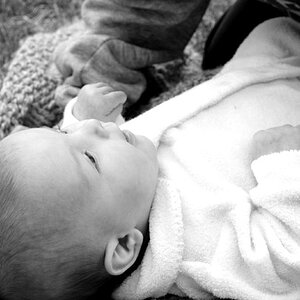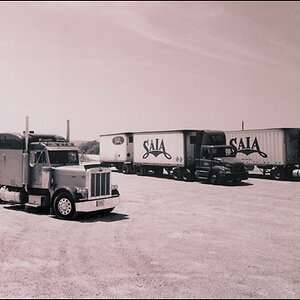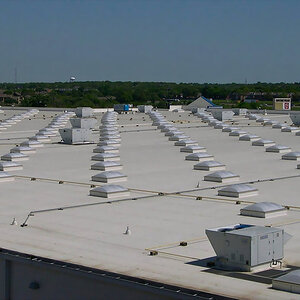MerrittPhotography
TPF Noob!
- Joined
- Jan 11, 2010
- Messages
- 1
- Reaction score
- 0
- Location
- Los Angeles
- Can others edit my Photos
- Photos NOT OK to edit
Playing with exposure compensation helps with creative techniques.
http://www.johnmerrittphotography.com/
http://www.johnmerrittphotography.com/


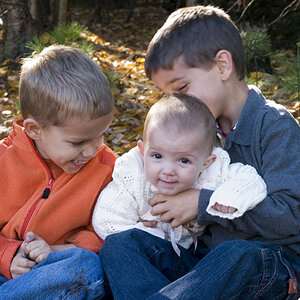
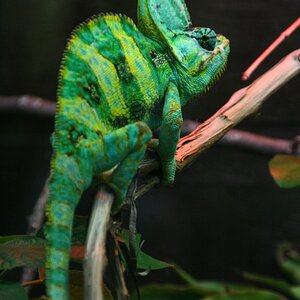
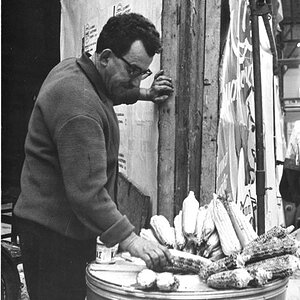
![[No title]](/data/xfmg/thumbnail/36/36102-8cd330c175e72b4b8009082908e60620.jpg?1619737346)
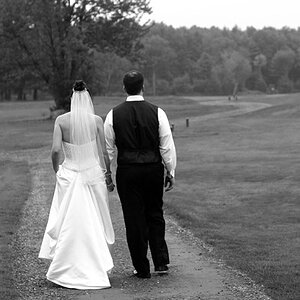
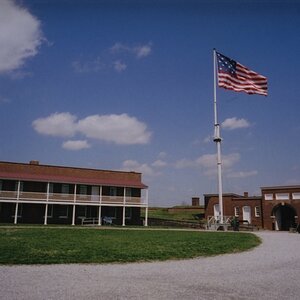
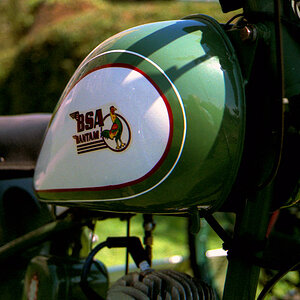
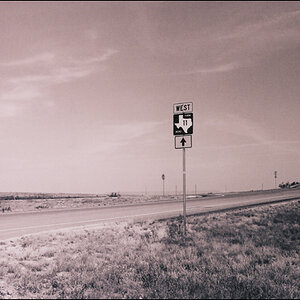
![[No title]](/data/xfmg/thumbnail/37/37090-2836dacbe52360ec3fdc1246a4e1d045.jpg?1619737880)
